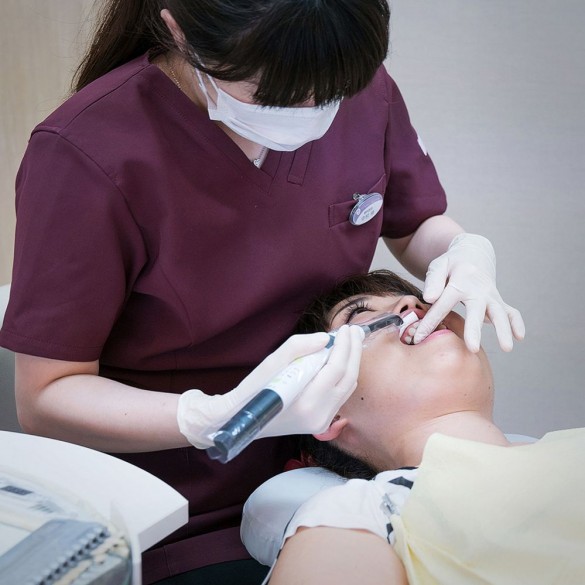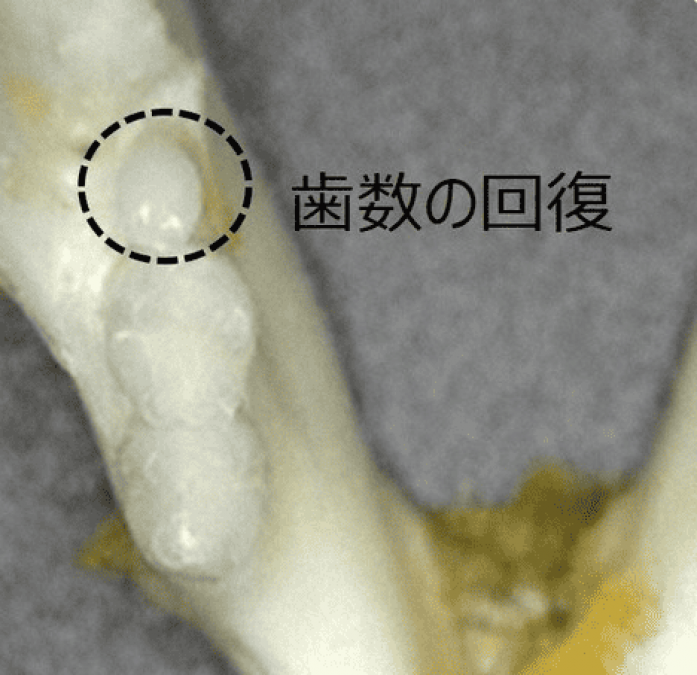
New Delhi:- Breakthroughs in the fields of dentistry and genetics mark a revolutionary step in future medical development. A pioneering team of Japanese researchers led by Masaru Takahashi has made breakthroughs in developing a drug that stimulates new tooth growth in humans. This revolutionary discovery has the potential to transform dental practice around the world and improve the lives of millions of people fighting hereditary dental diseases.
The start of clinical trials, scheduled for July 2024, has caused a great deal of excitement in the global scientific community, with hopes that the drug will be widely available by 2030.
Dr. Takahashi, head of the Department of Dentistry and Oral Surgery at the Institute of Medical Science Kitano Hospital in Osaka, is a central figure in this unprecedented study. The possibility of tooth regeneration has been a lifelong dream for him, and he has pursued it vigorously since he was a doctoral student.
Also Read:- Foxconn to Collab with New Tech Giants to setup Plant in India
"The idea of having new teeth is every dentist's dream." "I was confident that I could do it myself," said Takahashi, demonstrating his unwavering determination to revolutionize dentistry.
The goal of this breakthrough drug is to help people who don't have a complete set of teeth into adulthood due to a genetic factor, a condition known as anodontia. About 1% of the world's population suffers from this condition. A significant percentage of these are orthodontic patients who have lost six or more teeth. Therefore, they are called oligodontia.
Tooth hypoplasia, including both anodontia and oligodontia, presents a major challenge for affected people. Problems with basic functions such as chewing, swallowing, and speaking are common and often affect early development. The tooth regenerative medicine proposed by Takahashi could be a life-changing solution for such people.

Having started his illustrious career in dentistry, Takahashi majored in molecular biology at Kyoto University in 1991. His academic journey then shifted to the United States, where his interest in genetic influences on tooth growth took root.
Also Read:- Ramen Revealed: Exploring the History, Varieties, and Irresistible Flavors of this Iconic Dish
At the time, scientific research was just beginning to identify specific genes that could cause teething in genetically engineered mice. This discovery was a real surprise for Takahashi, who quickly realized that targeting this gene could alter an individual's tooth count.
After returning from the United States in 2005, he continued his research at Kyoto University, and his epoch-making research attracted worldwide attention. The researchers found that mice lacking a particular gene had increased numbers of teeth and that a protein called USAG-1, synthesized by this gene, appeared to limit tooth growth.
This discovery prompted Takahashi and his team to develop an antibody-based drug that can neutralize the USAG-1 protein. In 2018, they found that the drug could actually stimulate new tooth growth in mice that were born with fewer teeth. These results will be published in an authoritative US academic journal in 2021, attracting worldwide attention as the first step toward dental regenerative medicine.
As the day approaches, preparations are underway to test this drug in humans. If the drug passes all the necessary safety tests without side effects, it should be used to treat children with dentists aged 2 to 6 years. "We want to pave the way for clinical use of this drug," said Takahashi.
Also Read:- In Japan, There Is a Tradition Called "Hanami"
This breakthrough drug has the potential to fundamentally change the face of dentistry. It is well known that certain species of animals, such as sharks and some reptiles, can continuously regenerate their teeth. It's generally accepted that humans only have two sets of teeth, but recent research suggests there may be a third set of "buds."
About 1% of the population suffers from odontosis, a congenital condition in which the number of teeth is above average. According to Takahashi's research, one in three cases of odontosis develops a third set of teeth, meaning that humans lose the ability to grow a third set of teeth over time. suggests that it is possible.
_64b4d73c6b17a.jpg)
Through further experiments, the research team found that giving ferrets drugs caused them to grow extra teeth. These new teeth grow between the existing front teeth and have a similar shape, suggesting that the drug may induce the growth of a third tooth.
Also Read:- World-wide record heatwaves spread from the US to Japan via Europe
Today, when teeth become incurable due to severe decay or pyorrhea (a disease in which cavities in the teeth erode), many people rely on dental aids such as dentures. Being able to grow a third tooth could revolutionize this approach. “In any case, I hope that dentistry will become the third option alongside dentures and implants,” said Takahashi, speaking of his ambitious vision for the future of dentistry.
Takahashi and his team's extraordinary research represents an exciting new chapter in medicine with potential implications beyond dentistry. Awaiting clinical trials in 2024, this groundbreaking study promises a future where tooth loss is a thing of the past and tooth regeneration is a reality for millions of people suffering from congenital dental disease.
Japan being the most advanced country amongst all the others is now on an invention of making a drug that will make the teeth grow even after the age is exceeded when the teeth naturally stop growing.